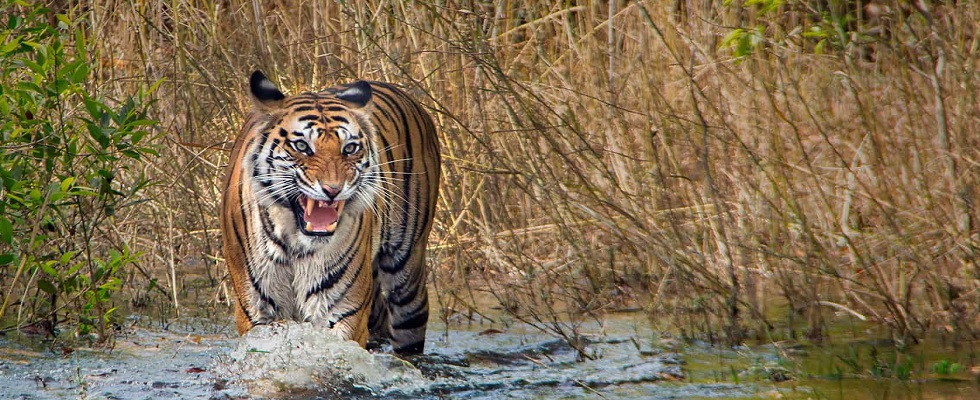Kanha National Park stands as a testament to the country's rich biodiversity. Home to a diverse array of flora and fauna, the park's climate plays a crucial role in sustaining this vibrant ecosystem. This blog explores the fascinating climate of Kanha and its impact on the park's unique and thriving wildlife.
The Climate of Kanha:
Kanha National Park experiences a tropical climate, characterized by distinct seasons that influence the park's vegetation, water sources, and the behavior of its resident wildlife. Understanding these seasonal variations adds a layer of appreciation for the intricate balance that supports Kanha's ecosystem.
Summer (March to June):
As summer unfolds in Kanha, the temperatures rise, creating a warm and dry climate. Daytime temperatures can soar, often reaching 40 degrees Celsius (104 degrees Fahrenheit) or higher. This period is crucial for wildlife enthusiasts, as the diminishing water sources draw animals to centralized locations, providing excellent opportunities for wildlife sightings. Visitors are advised to carry light clothing, sunscreen, and stay hydrated during their safaris.
Monsoon (July to September):
The arrival of the monsoon brings relief to Kanha's inhabitants. Lush greenery blankets the landscape as the region receives a substantial amount of rainfall. The park transforms into a verdant haven, and water sources replenish, sustaining the diverse flora and fauna. While the monsoon adds a magical touch to Kanha, the park remains closed to visitors during this period due to safety concerns, as the heavy rainfall can make the terrain challenging.
Post-Monsoon (October to November):
Following the monsoon, Kanha experiences a post-monsoon season marked by a gradual decrease in rainfall. The park begins to reopen for visitors, offering a unique blend of rejuvenated landscapes and thriving wildlife. Temperatures start to cool down, creating a comfortable environment for exploration.
Winter (December to February):
Winter in Kanha brings cool and pleasant weather, with daytime temperatures ranging from 10 to 25 degrees Celsius (50 to 77 degrees Fahrenheit). The park dons a different charm during this season, with misty mornings and crisp air. Wildlife sightings become a bit challenging as animals seek warmth, but the overall experience is enriched by the tranquility and beauty of the winter landscape.
Conclusion:
Kanha National Park's climate is a dynamic force that shapes the life within its boundaries. From the scorching heat of summer, when the animal kingdom converges around water sources, to the lush and rejuvenated landscapes of the monsoon, each season contributes to the park's ecological harmony. Exploring Kanha is not just a safari through the wilderness; it's a journey through the diverse moods and nuances of nature's climate, offering a profound connection with the wild wonders that call this sanctuary home. For Booking Kanha Jeep Safari call us and enjoy your jeep safari tour.



